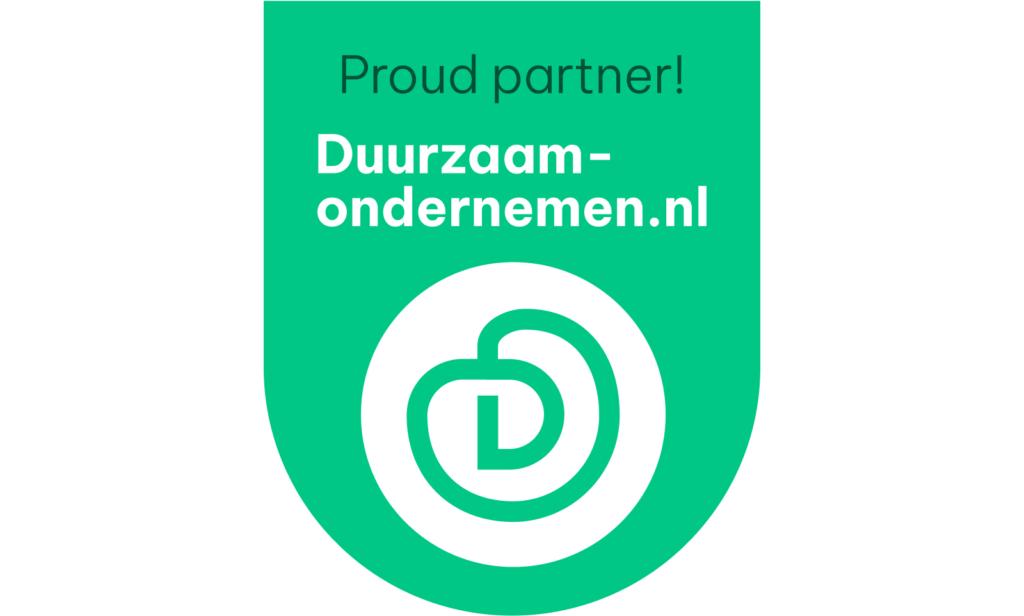Getting sufficient and correct sustainability data is crucial for your sustainability strategy. Reliable data enables you to monitor your progress and report on your goals and activities. However, collecting the data from various departments can seem quite daunting at first. Where do you start? How do you get everyone engaged? Discover our 5 tips to start collecting your sustainability data.
1. Timebox a roadmap. And don’t forget to share this roadmap with your stakeholders.
Rome wasn’t built in a day. When you start collecting your data, you cannot do everything at once. At the same time, you want to start engaging your stakeholders, so they know what to expect. To do so, create a transparent roadmap with achievable goals and milestones.
By sharing this roadmap with your stakeholders, you show that your company has started its sustainability journey and is making tangible progress. Also, you share that you can’t take all the steps immediately. The key objective is to get everyone on the same page, both internally and externally.
2. Start with intermediaries but keep the end state in mind.
Getting all your data from the lowest level into one system from day one is a big ask. Usually, a function within your organization, such as a sustainability manager or a financial controller, is tasked with collecting the information from different data owners. That can be a good start; they understand how to deal with data, know how to handle deadlines, and ensure the quality of the data. Therefore, you can start with these “intermediaries” between the data owners and the reporting system.
But do keep the end state in mind: connected, automated, auditable. Ultimately, you’d like the data to come directly from the data owners. Once the data owners know the system, they’ll get more involved in the ESG process. Also, the quality of the data improves as the owners see what’s happening in the report. That leaves you with more time to analyze and act on the data.
3. Get IT on board. They are key players in the long run.
A lot of data is already being collected in your company. Your IT department knows precisely how and what. Now, you want to collect even more data. To make this step even more interesting, you want to start paying attention to data which, in general, your company did not find very interesting before.
So, involve IT and their knowledge. They know what data is stored where, with what detail, and in what form. They know the systems/IT strategy and know how to create the right processes. Aligning with them in your efforts to unlock sustainability data will help you immensely.
4. Involve procurement early on
Much of your sustainability data resides outside your company. For example, waste, electricity, or lease fleet data are all registered by your suppliers. So, when you select a new supplier or renegotiate a contract, make sure you include agreements on how they will deliver this data to you. Nobody is better equipped to do this than the procurement department. Involve procurement early on so that they can negotiate this with every supplier.
Raise awareness within procurement to ensure that sustainability becomes a part of the negotiation process. Ideally, every contract includes a paragraph on sending you footprint data and requires a code of conduct from your supplier.
5. Performance Management systems can be a good start but develop a long-term vision on automation.
Most companies already use a Performance Management system. As a start, this can be an excellent option to start collecting your non-financial data as well. Using your existing Performance Management system has several advantages. It gives you a head start on infrastructure, and many functions are already there, such as data collection, security, workflow, calculation options, and reporting options. Also, the close integration with other (financial) data sets in the same system gives you one source for all your reporting information.
As you get further in your sustainability journey, you’ll need more functionalities, such as CO2eq calculations, UOM conversion, mapping to frameworks, and validation rules. Also, you’ll need to handle texts, attachments, and Boolean.
Once you’ve hit this spot, it’s time to develop a long-term vision for automating your sustainability data and reporting. Often, this includes looking at specialized Sustainability Reporting systems. For the long-term, using a Performance Management system for your sustainability reporting has several disadvantages:
- You’ll need to build many of the sustainability functionalities yourself.
- The legacy infrastructure makes connecting to the outside world not so easy.
- Once you progress to having the departments submit their own data and embedding the system into your operations, the license costs can be prohibitive.
For this phase, there are several excellent sustainability reporting systems that are user-friendly and auditable. These systems enable you to easily collect your data, both internally and from outside sources.
Take full benefit from the latest technology trends for your sustainability reporting
We strongly believe that technology can support your sustainability reporting process in your organization’s material domains. Set out an achievable pace for your journey to reach your goals step-by-step. And make sure to enjoy the view on the road!




